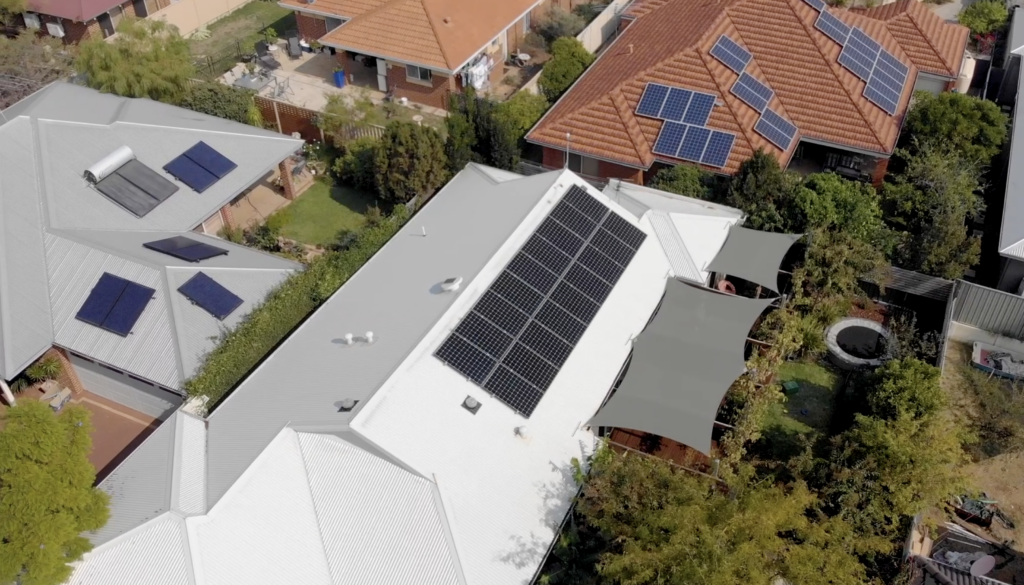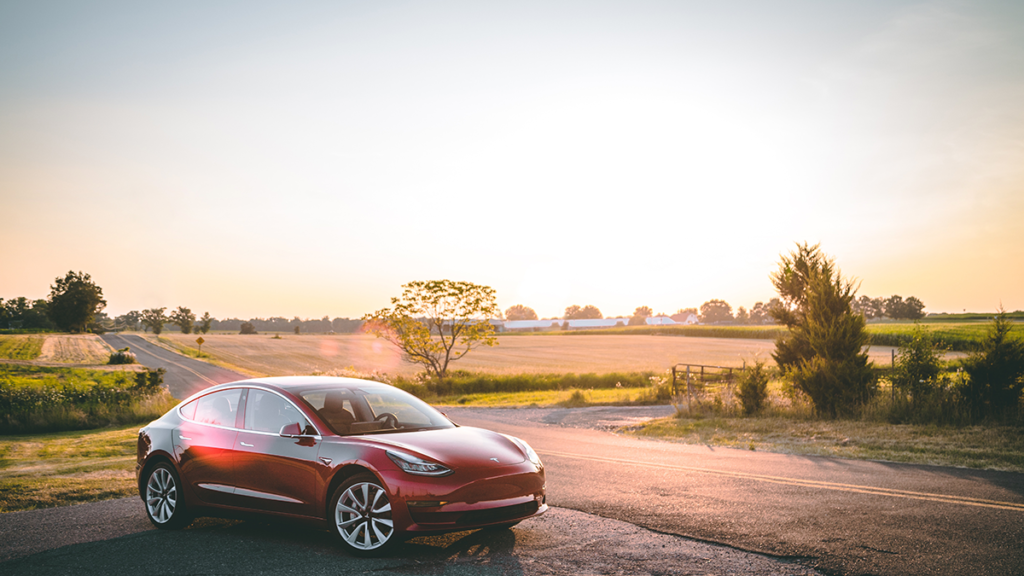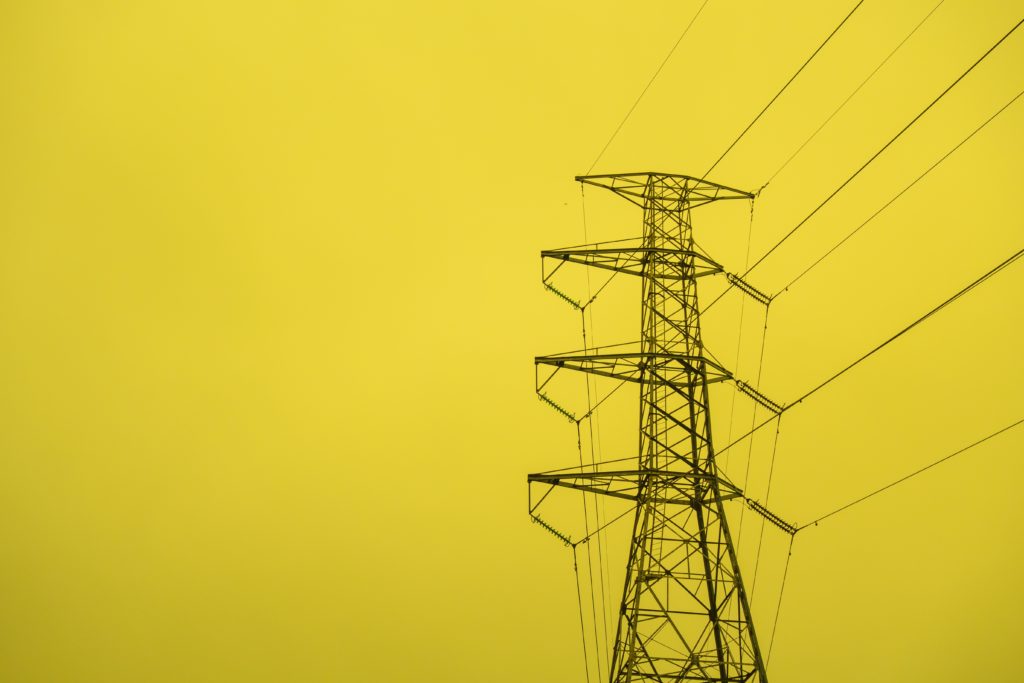The Federal Government has proposed a New Vehicle Efficiency Standard for Aussie cars, utes and vans. This is an important way to cut petrol bills and clean up carbon pollution from our vehicles in one go – a win-win. Find out more here about why a fuel efficiency standard like this will be great for our hip pockets, our health and our climate.
Of course, the petrol-loving parts of the auto industry and their political cheerleaders want to stop this going ahead. These corporations don’t mind that we’re all paying too much for petrol-guzzling, high polluting cars because that’s how they make their profits.
Don’t get sucked in.
Here’s a rundown of the biggest porkies about new vehicle standards, and the facts to set them straight:
“We are concerned…that this gets in front of the technology curve. And that means that vehicles would be more expensive or we won’t be able to provide some vehicles to the market in certain segments.” – Tony Weber, Federal Chamber of Automotive Industries – ABC, 4 February 2024
The claim:
A New Vehicle Efficiency Standard would “drive up the price of cars”.
The facts:
People who live in places that already have such standards have access to more car options that are cheaper and cleaner-to-run.
Fuel efficiency standards have been in place for a long time in other countries, so there’s lots of good real world data on what happens to vehicle prices once they are introduced. Looking at this international experience, there is no evidence to suggest Australia’s proposed New Vehicle Efficiency Standard will increase vehicle prices. For example, analysis of car prices during 2003-2021 in the US, found no systemic, statistically significant increase in vehicle prices during the two decades when standards were tightened and fuel economy improved 30%”.
Manufacturers are already producing efficient low and zero emissions vehicles in their millions for other markets overseas, so sending them here as well shouldn’t mean significant change to their businesses. The Grattan Institute found that there would be minimal increase to the average cost of new cars in Australia under a NVES, at most up to $500 (or 1%). This is more than compensated for in fuel savings over the vehicle’s lifetime.

The claim:
A New Vehicle Efficiency Standard would stop us from being able to buy 4WDs and utes.
The facts:
Manufacturers will be able to keep selling a mix of cars, vans and utes in Australia – just like they do today. The standards incentivise them to sell their cleanest and cheapest-to-run models in Australia.
The New Vehicle Efficiency Standard aims to limit the pollution Australia’s new cars release by setting a yearly limit on the average carbon emissions across a manufacturer’s total car sales. Over time, the maximum amount of pollution allowed is reduced, which means car makers must offer more new low and zero emissions vehicles to avoid penalties.
This type of standard allows suppliers to choose how they meet their fleet target. In other words, it’s up to them what vehicles they sell but overall the mix must be cleaner. In other countries with similar standards, larger cars like 4WDs and utes remain widely available. They have already powered ahead with cheaper, cleaner versions of these vehicles.
In fact, the majority of Aussies’ most popular cars are already offering a cleaner, cheaper to run version or are planning to in the very near future. Of the all top ten best-selling cars sold in 2023 (over 338,000), 84% have a lower or zero emissions alternative available now or within a year.
The Ford Ranger (#1) has a PHEV planned for 2025 release; with a Toyota Hilux (#2) mild-hybrid coming mid-2024; and a Hyundai Tucson (#10) hybrid due mid-2024. Isuzu also recently announced an EV D-Max planned for a 2025 release in Europe and 2026 release in Australia. Other models including the Toyota RAV4 (#4), MG ZS (#5), Tesla Model Y (#6), Toyota Landcruiser (#7) and Mitsubishi Outlander (#8), all have a hybrid, battery electric vehicle, or plug-in hybrid electric vehicle option available for purchase now. The Mazda CX-5 remains the only popular car without a cleaner version in the pipeline.

“On the surface this is an incredibly ambitious target which will be difficult to achieve especially for utes and large SUVs.” – James Voortman, Australian Automotive Dealer Association – Media release, 4 February 2024
The claim:
Australia is doing something difficult, and unusual.
The facts:
Introducing such standards is … well, standard. In fact, Australia is one of the last rich countries to put in place a fuel efficiency standard for new cars. The United States of America (USA) has had these in place since the 1970s; the European Union already has them; and so does New Zealand, China and Japan.
The government is proposing our standards will start in 2025 with targets that are less strict than most other key car markets, and then seek to catch up with the USA by 2028.
The USA has had these standards for a long time and millions of utes are still sold there each year. The only difference? Their light commercial vehicles are more efficient than those sold in Australia – producing almost 25% less pollution on average.

“US targets are one of the most stringent in the world” – Tony Weber, Federal Chamber of Automotive Industries – Radio National, 5 Feb 2024
The claim:
By aligning Australia’s standard with a market like the US, we would be somehow taking an extreme approach.
The facts:
Both Australia and the USA are large countries where people are known to drive long distances, so it makes sense to match our standards to theirs. The USA has had such standards since the 1970s, with a proven approach to regulating vehicle efficiency.
The European Union has stricter standards, as does New Zealand just across the ditch. There’s an argument for setting even stronger targets than those proposed by the federal government, if we want to deliver the biggest savings and biggest cuts to pollution possible. But as Australia is off to the slowest start in having fuel efficiency standards at all, aligning with a market like the USA is a reasonable place to start.

“If you take away particularly utes, they’re tools of trade, particularly for people, not just tradies in the cities, but also people in the bush.” – David Littleproud, National Leader, The Guardian, 4 February 2024
The claim:
This will affect the availability of utes and other cars some Australians need.
The facts:
Everyone can keep driving their car of choice because the proposed standards would only apply to new vehicles, not existing cars on the road today or second-hand ones that are re-sold.
Targets apply to the average, calculated carbon pollution across a manufacturer’s entire sales each year. They don’t apply to any individual car or vehicle type, so manufacturers can keep selling a mix of cars, vans and utes just like they do today.
In the US – which has had similar standards for half a century – popular utes like the Ford Ranger, Toyota 4Runner, Tacoma and Tundra are available. The difference is that these large American cars are almost 25% more efficient than Australian equivalents because …. guess what? They have better fuel efficiency standards!

“You’ve got to understand that we’re not a big market. We’re only 26, 27 million people now in this country. So we’re not a big automotive market. And so, we’ve got to be careful about the measures we take.” – David Littleproud, Nationals Leader – Sky News, 5 February 2024
The claim:
Australia isn’t a large enough car market to attract the right vehicles.
The facts:
More than 85% of the world’s car markets (including massive markets like the USA, European Union and China) are already powering ahead with efficiency standards. The world is heading toward cleaner, and cheaper-to-run cars no matter what Australia does.
Cars sold in Australia are built for our right-hand drive market. The United Kingdom (67 million people), Japan (123 million people), Malaysia (34 million people), Singapore (6 million people) and New Zealand (5.2 million people) are just some of the other countries around the world that also use right-hand drive cars where manufacturers are already selling millions of lower and zero emissions vehicles. So sending such vehicles to Australia as well should be straightforward.

“[T]he fine for a vehicle like the Ford Ranger will be significant.” – Tony Weber, Federal Chamber of Automotive Industries – Daily Telegraph, 16 February
“[N]ew analysis shows the Ford Ranger, the top-selling car in 2023, would incur a penalty of between $11,350 and $17,950 under the proposed 2029 CO2 target, according to estimates compiled by the Federal Chamber of Automotive Industries” – The Mercury, 19 February
The claim:
Cars that produce emissions higher than the target amount for Australia’s New Vehicle Efficiency Standard will face big fines, which manufacturers will pass on to buyers.
The facts:
The New Vehicle Efficiency Standard sets an average annual emissions target across a manufacturer’s entire new car fleet. The targets do not apply to any individual vehicle.
Manufacturers will be able to keep selling a mix of cars, utes and vans in Australia – just like they do today. It’s up to them what vehicles they sell but overall the mix must be cleaner.
No manufacturer will have to pay fines if they do the right thing and offer a mix that includes the more efficient cars that can see Aussies save on their fuel bills.
By scaremongering about fines, the industry is effectively saying they plan to break the law and then pass the cost directly onto Aussie car buyers. That’s a huge call from supposedly reputable global car brands.











